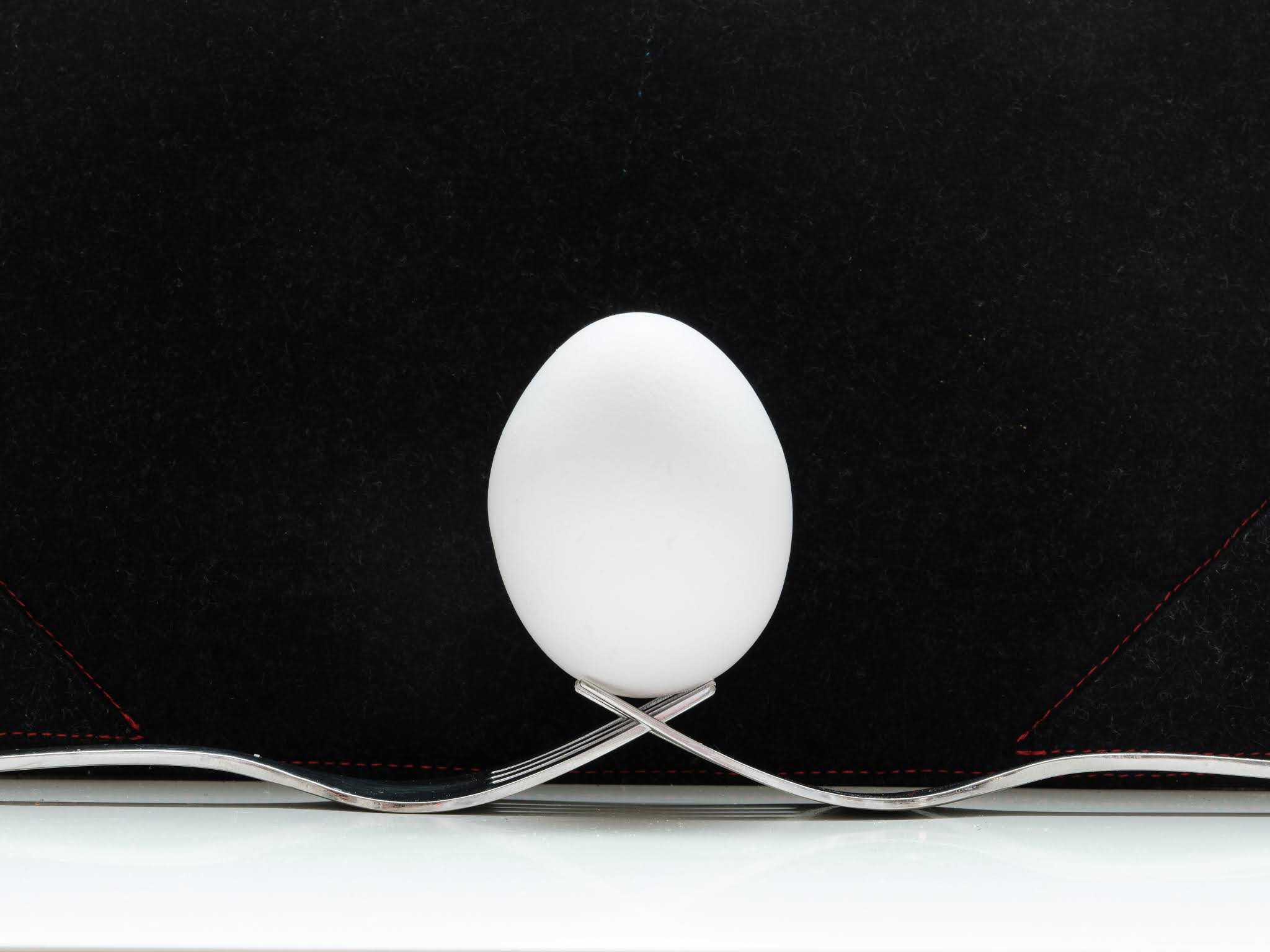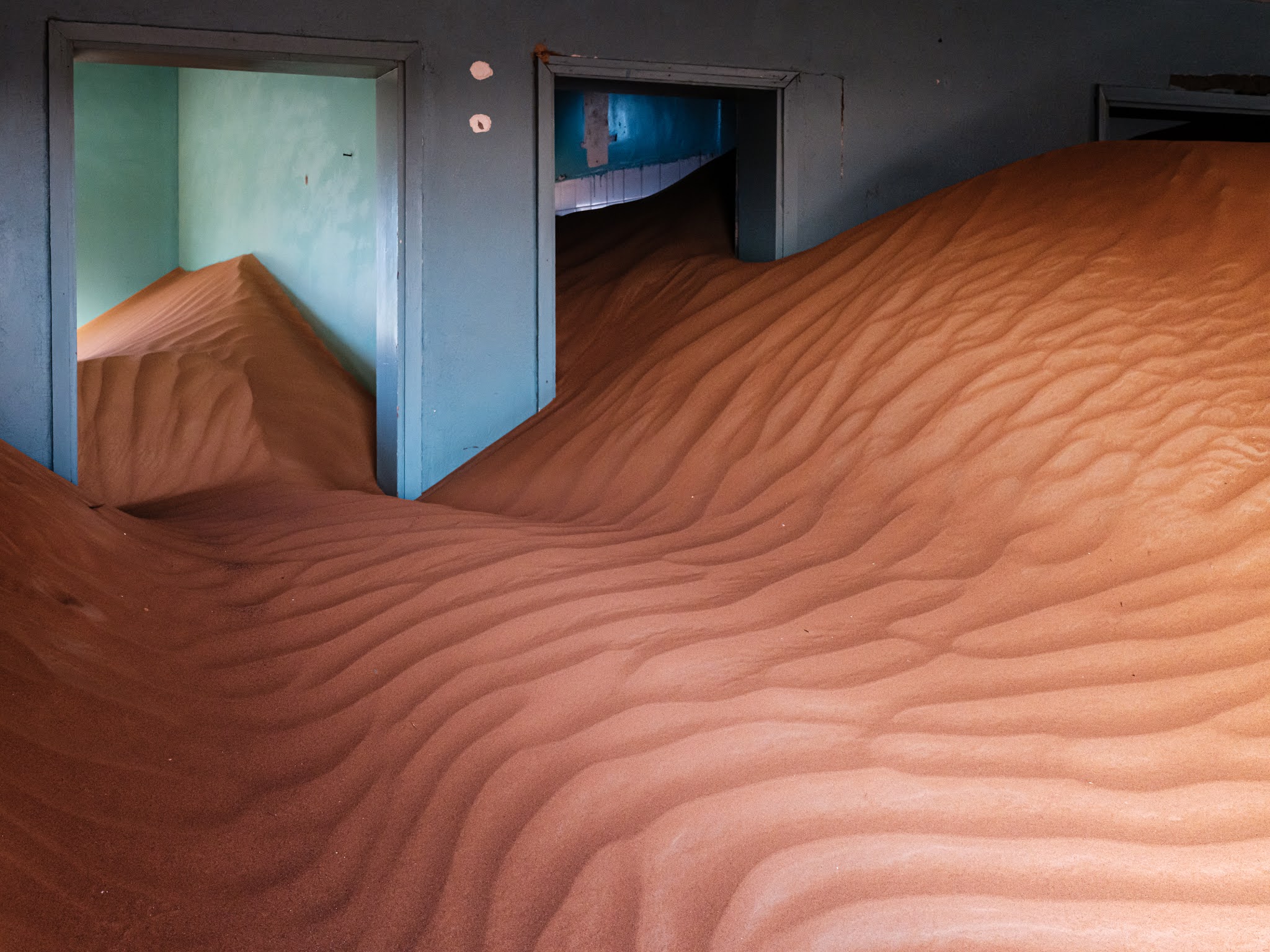FIRST LOOK REVIEW - FUJIFILM GF 45-100 f4 R LM OIS WR LENS
Mid March, Fujifilm Middle East, borrowed me a review copy of their latest medium format zoom lenses the GF 45-100 f4 R LM OIS WR. While I was meant to keep it for a couple of weeks, due to the Covid-19 pandemic, it ended up staying with me more like 4 months!
I tested the lens on the GFX 50R which a few days ago got an interesting firmware update. Please check out fellow X-Photographer Jonas Rask his post on the GFX 50R 2.0 firmware update here.
DISCLAIMERS:
- It is worth highlighting that I'm not a shooting the GFX system full time; actually I presently do not own a GFX camera, although I occasionally use one for specific shoots.
- I'm an X-Photographer for Fujifilm, but that doesn't mean that I'm paid or told to say certain things. What is below, is 100% my own opinion and not that of Fujifilm.
- All of the images part of this review are my own and can not be used without prior permission.
- The entire blogpost can be shared on Social media or other online platforms; no permission is required, only credit "Bjorn Moerman Photography - www.bjornmoerman.com".
Before we go any further lets decode the full lens name:
- GF: well obviously the lens is made for the GFX system; works without adapter on the GFX50S, GFX50R and the megapixel monster the GFX100.
- 1:4: the lens is F4 throughout the full focal range. For those unaware, f4 on medium format more or less corresponds to a f2.8 on a full frame body when it comes to depth of field.
- R: lens has a separate aperture ring
- LM: Linear motors for auto-focus making it fast and quiet
- OIS: Optical Image Stabilisation
- WR: Weather Resistant lens
Below is the latest G-Mount Lens Roadmap; an overview of existing and planned lenses for the Fujifilm GFX system.
QUALITY - SIZE - WEIGHT - DESIGN
As expected for a Fujifilm GFX lens the lens has a nice premium feel to it with good resistance of manual focus, zoom and aperture rings. There is no lens creep when holding it down. The zoom ring is about 2.5 times as large than the manual focus ring which is of course focus my wire. Sometimes I do miss the great feel of a real manual focus lens but that is not going to happen anytime soon I suppose. Photography is full of compromises and this is clearly one of them.
For those who prefer, the C position on the aperture ring, allows one to change the aperture through the command dial(s); call it DSLR style if you want. Personally I prefer the aperture ring on the actual lens 100% of the time, but taste obviously differs! There is a clever lockable button to avoid going into the C position unintentionally.
The days that medium format zoom lenses were looked at as being far inferior compared to primes, are now gone. Obviously medium format zoom lenses ares still relatively large and heavy compared to some of the primes, but extensive handholding of the GF45-100 was not an issue; even on a smaller GFX 50R body. For those DSLR shooters familiar with the 24-70 f2.8 Canon lens, the GF45-100 is almost the same weight and a little bit taller (+2cm).
ACCESORIES
The provided petal shaped lens hood make the lens about 25% larger and does what it is meant to do. Like almost all of todays lens-hoods, it is made of hard plastic. It has a functional release button which avoids unintentional detachment. It does not have a slot to change the position of a polarizer filter but given the lens hood is not all that deep, one can easily turn the filter from within the hood.
As expected for a premium product it comes with a nice soft lens pouch.
AUTOFOCUS
Although having to move a lot of glass (16 elements), the internal focussing system uses linear motors which makes the auto-focus experience fast (for medium format), precise and quiet. Even on the older GFX50R there was no noticeable focus hunting. I can only imagine how snappy it must be on the GFX100!
OIS
Being a high resolution camera system, one often tends to think about the GFX system as one that needs to be on a tripod all the time. This is far from the truth when using this image stabilized (OIS) lens! The five stop OIS works well. At 100mm I'm easily able to handhold up to 1/10th of a second and can even bring it down to 1/3s having some arm support. The shot below (shot handheld at 1/3s) is a 1:1 zoom where the focus was set on the 11 of the aperture ring. Click on the image for a full screen view.
IMAGE QUALITY
If you are looking for a detailed scientific image quality review, you have come to the wrong place. What is below, are my own findings after having shot more than 500 images in a variety of circumstances.
As the zoom range is moderate for a zoom (45mm-100mm), Fujifilm was once again able to provide very good overall image quality throughout the entire aperture and focal range. Even at the smaller apertures there is no diffraction; I regularly shot f22 or even smaller for my landscape shots. When for those new to medium format, get used to shooting at smaller aperture numbers when you want to have a reasonable depth of field.
At the widest aperture and focal length there is the occasional bit of vignetting at the extreme corners if the conditions are right (or wrong?). This is easily removed in post processing and disappears completely when shooting at f5.6 or smaller.
Like the rest of the Fujifilm GF lens line-up there is virtually no chromatic aberration even in high contrast shots. Lens flare using the provided lens hood, is also very controllable. Sun burst at smaller apertures is not great; call it OK. Often the case with medium format zooms.
Out of focus areas are as expected for medium format, nice with a smooth fall off.
IMAGE SAMPLES
Below is a selection of images shot over the last few months throughout the UAE on the GFX50R. Images were mostly shot in jpeg; the ones in RAW are obviously developed and a bit more worked on. All are shot handheld unless indicated differently. I've downsized them to 4000px wide/tall for faster loading here. Needless to say that they can not be used outside personal usage.
 |
| 1/750s, f5.6, ISO 100, 100mm |
 |
| 1/320s, f14, ISO 320, 69mm |
 |
| 1/320s, f16, ISO 800, 80mm |
 |
| 1/320s, f20, ISO 2000, 69mm |
 |
| 1/250s, f13, ISO 800, 45mm (shot RAW, basic edit + perspective) |
 |
| 1/250s, f14, ISO 125, 100mm (basic RAW development) |
 |
| 5s (tripod), f22, ISO 100, 100mm |
 |
| 1/40s, f9, ISO 3200, 100mm |
 |
| 1/50s, f13, ISO 3200, 45mm (basic RAW development) |
 |
| 1/7s, f20, ISO 1600, 59mm |
 |
| 1/200s, f18, ISO 250, 100mm (basic RAW development) |
 |
| 1/20s (tripod), f13, ISO 100, 52mm (basic RAW development + perspective) |
 |
| 1/640s, f4, ISO 100, 100mm |
 |
| 1/60s, f22, ISO 160, 51mm |
 |
| 1/60s, f22, ISO 100, 47mm (basic RAW development + perspective) |
CONCLUSIONS
The question I always ask myself at the end of these "First Look reviews" is "who is this lens for?". The GF 45-100 is probably going to be marketed most to wedding and high end event photographers.
Especially GFX50S and GFX50R users will appreciate the 5 stop OIS for low light situations. Travel photographers who want the best optical performance and don't mind carrying the extra weight, will also be a perfect candidate for this lens.
While it is a good portrait lens at the longer end, the zoom will be particularly versatile for those doing environmental and on location portraits.
The lens can of course be used by landscape photographers, but some will find the 45mm (36mm full frame equivalent) not wide enough; the GF32-64 might be better for those. Unfortunately there is quite a large overlap between the GF32-64 and the new GF45-100 reviewed here. From a lens roadmap planning perspective, having a GF23-50 with the GF45-100 would have covered the focal range in a more effective way.
Lastly although I couldn't test it during an actual Aerial photography shoot, I'm convinced it would be great for this, as it is exactly the focal range I'm mostly using whenever I "Focus on the World below".
The GF45-100 should be available in your favorite camera store and retails for 2300,-USD.







Comments